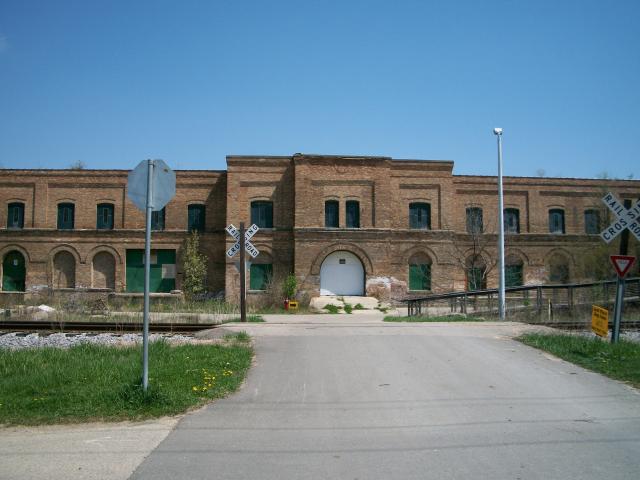







For years, Madison has been debating what to do with one of the oldest members of the East side community – and this member isn’t even a person. Built in 1905, the Garver Feed Mill has been out of commission since 1997. Now, however, new renovation plans will end the lengthy debate.
Originally, the building processed sugar beets for the United States Sugar Company. It then gained its current name in 1929 when James Garver converted it into a feed mill. An effort in 2006-2008 to renovate the building failed, leaving many to wonder what would become of the dilapidated old building.
The answer appears to be a new home for food businesses, a way for the familiar old structure to support the neighborhood that worked to preserve it.
When talk of renovations came up again, David Wallner, President of the Parks Commission and Chair of the Garver Feed Mill Criteria and Selection Committee knew it was time to take action.
“This was really our last chance,” said Wallner. “If it’s going to happen it’s got to happen now because otherwise the building will just get worse and worse. I kept nudging people to say let’s get something done. It didn’t have to be my choice or your choice, but let’s make sure we can leave the table and get something done.”
The six committee members ended up with four proposals for consideration. A retirement home, an event center, and a housing complex comprised three of these proposals. Yet the community overwhelmingly favored the fourth option – the Baum proposal.
The Baum proposal would renovate the building into a place to house local food businesses. Among its many aspects, the renovations would also include building microlodges for overnight guests and restoring some of the original vegetation.
“It’s truly one of the most local proposals,” said Brad Hinkfuss, the chair of the Schenk-Atwood-Starkweather-Yahara Neighborhood Association. “It provides lots of ways for people to go to the site and interact with it. People have a lot attachment to the Garver site. There’s been a sense of identity that’s been built up around it over the years, and people don’t want to lose that sense of place.”
The committee recognized the importance that this decision held for the community. Originally, a different proposal was marginally in the lead during the committee’s preliminary voting. Community input helped change this preliminary decision.
“The ranking we did was preliminary,” said Wallner. “After the ranking, that’s when we sat down and weighed in the public comments and that’s how we ended up with the Baum proposal.”
Many people in the community gave their opinions by either speaking at the meetings or sending emails.
This is probably the most active citizen turnout in the 3-4 committees I’ve worked on,” said Wallner.
As chair of his neighborhood association, Hinkfuss and others in the group made sure that people had sufficient information about the topic and proposals. Ultimately, though, the people came to their own conclusions.
“The support for the Baum proposal is very organic,” said Hinkfuss. “No one was broadcasting a certain opinion. People arrived at their own conclusions.”
And for Hinkfuss, this makes all the difference.
“When people care about things, they get up, they take the time to show up and make these statements,” he said. “It doesn’t happen with these kinds of results very often at all.”
|
|
|
Welcome to the Madison Commons, a website designed to provide news and information about all of Madison's neighborhoods and a crossroads for the discussion of community issues. The name comes from the idea of a village commons, a place for news, talk, debate, and some entertainment, too, that's open to everyone.
All rights reserved. Read more about the Madison Commons and its partners.

